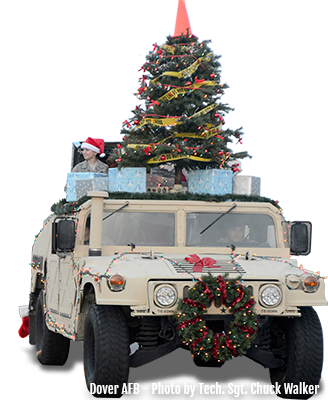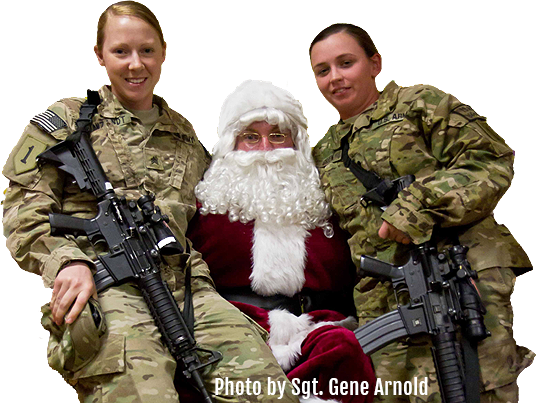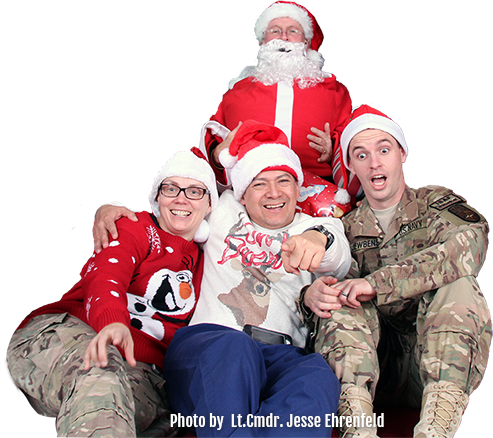[caption id="attachment_3369" align="alignleft" width="318"] Air Force Airman 1st Class Brandon Horne used his Air Force self-aid and buddy care training on an all-terrain vehicle accident victim Sept. 17, 2010. U.S. Air Force photo by Airman 1st Class Tabatha L. Duarte[/caption] Face of Defense: Airman Saves Man's LifeSHAW AIR FORCE BASE, S.C. – People never know when the things they learn in life may have a drastic effect on someone else's life. For an Air Force member assigned here, those lessons helped to save a man.
Air Force Airman 1st Class Brandon Horne used his Air Force self-aid and buddy care training on an all-terrain vehicle accident victim Sept. 17, 2010. U.S. Air Force photo by Airman 1st Class Tabatha L. Duarte[/caption] Face of Defense: Airman Saves Man's LifeSHAW AIR FORCE BASE, S.C. – People never know when the things they learn in life may have a drastic effect on someone else's life. For an Air Force member assigned here, those lessons helped to save a man.
 Air Force Airman 1st Class Brandon Horne used his Air Force self-aid and buddy care training on an all-terrain vehicle accident victim Sept. 17, 2010. U.S. Air Force photo by Airman 1st Class Tabatha L. Duarte[/caption] Face of Defense: Airman Saves Man's LifeSHAW AIR FORCE BASE, S.C. – People never know when the things they learn in life may have a drastic effect on someone else's life. For an Air Force member assigned here, those lessons helped to save a man.
Air Force Airman 1st Class Brandon Horne used his Air Force self-aid and buddy care training on an all-terrain vehicle accident victim Sept. 17, 2010. U.S. Air Force photo by Airman 1st Class Tabatha L. Duarte[/caption] Face of Defense: Airman Saves Man's LifeSHAW AIR FORCE BASE, S.C. – People never know when the things they learn in life may have a drastic effect on someone else's life. For an Air Force member assigned here, those lessons helped to save a man.On Sept. 17, Airman 1st Class Brandon Horne, a 20th Logistics Readiness Squadron fuels truck operator, was on his way to Seymour Johnson Air Force Base, N.C., to visit his wife.It was 2 a.m., and he was driving through Newton Grove, N.C., on U.S. Highway 13 when he saw an all-terrain vehicle driving in reverse at about 20 mph. "Off to my right-hand side, I saw four-wheeler lights and dirt flying," Horne said. "The next thing I know, it turned really fast and rolled a couple times. At that, I stopped my car and pulled into his driveway." Horne found the ATV operator unconscious and intoxicated. He was not wearing a shirt, shoes or a helmet. "It was the first time I'd ever seen a person unconscious," Horne said. "I ran over and checked his airway to make sure he was breathing, and that's when the self-aid [and] buddy care training started kicking in." Once he established the man was alive and breathing, Horne said, he called 911. "He was breathing, but he was breathing kind of shallow," Horne said. "I held his head with my hands and told him he's going to be OK." Horne continued performing techniques he had learned in self-aid and buddy care training as he spoke with the dispatcher, he said. He elevated the man’s feet because he was unconscious, but did not roll him on his side because of possible neck injuries, he recalled. When the dispatcher asked for the man's name, Horne began patting the man down to find his wallet for identification. As he was searching the victim, he noticed blood in the areas he checked and found the blood was coming from the man’s head. As Horne further stabilized the injured man's head, the man began to regain consciousness. Horne began pinching the man's leg and asking him if he could feel it to ensure he was not paralyzed. Finally, the police and the ambulance arrived. "A few minutes after I arrived, the injured man regained consciousness and refused to listen to me or Airman Horne to lie still or stay on the ground," according to the police report written by Officer William Lewis of the Newton Grove Police Department. Once emergency medical services took control of the scene, Horne began looking for a way to clean his hands. "I was a little weirded out, because I had never had human blood on me before," he said. "I ended up washing my hands with diet Coke and hand sanitizer." Horne credited the training he received through the Air Force for enabling him to react quickly and stay calm. "I felt like I had to do something," he said. "As airmen, we're not trained to just stand there." When his fellow airmen at work heard about the incident, they were not surprised. "Airman Horne has a big heart," said Air Force Tech. Sgt. Luke Salkeld, the squadron’s fuels distribution supervisor. "It did not surprise me at all to hear what he did for someone else." Horne said he took two major insights away from the event. The first, he said, was to always know where you are when you are traveling. Because of his situational awareness, he explained, he was able to give the 911 dispatcher the exact location of the accident. The second, he added, was never to operate any kind of vehicle while under the influence of alcohol, as the accident victim had. Horne said the lessons he learned and the training he received through the Air Force will stay with him for the rest of his life. Oct. 5, 2010: By Air Force Airman 1st Class Daniel Phelps- 20th Fighter Wing






